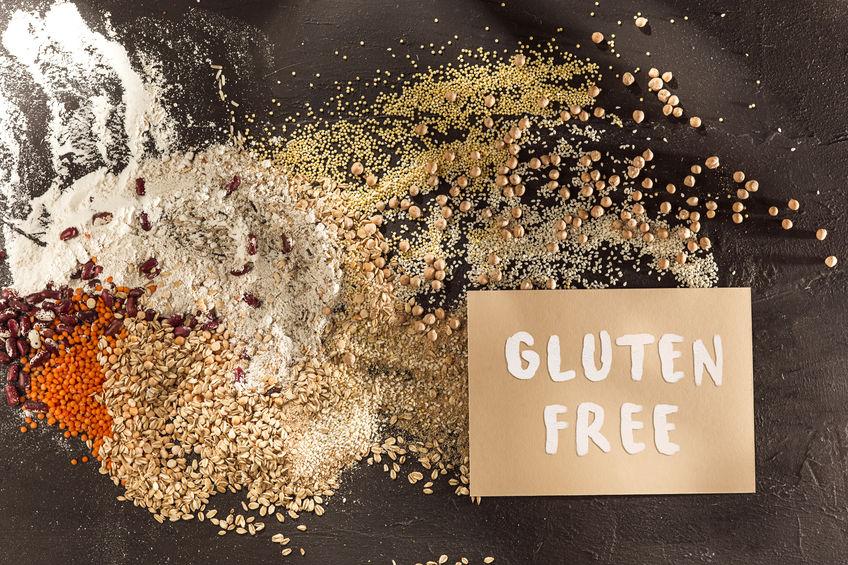Going Gluten Free

In my ongoing series on detoxification, I had a look at the possibility that the symptoms that make you want to detox may be related to undiagnosed gluten intolerance. If you do decide to go in for a gluten-free diet, here’s what you need to know.
Am I Gluten Intolerant?
The best and easiest way to find out whether you suffer from gluten intolerance is to eliminate gluten from your diet for at least 3 weeks or a month—though some doctors recommend a longer initial ‘detox’ phase. At that point, you’ll be able to re-introduce gluten-containing products and evaluate your body’s response.
How to Go Gluten-Free
Gluten is in wheat, barley, and rye, and can hide in all kinds of processed foods. That makes it hard to completely eliminate gluten from your diet—you’ve got to be careful what you choose to buy and absolutely militant about not slipping up and having that cookie or brownie. For the gluten-free diet to really work, it has to be complete.
It sounds tough, but there are ways to make it easier. There are a wide range of gluten-free foods available in your grocery store, from gluten-free frozen pizzas to Zatarain’s gluten-free pre-prepared dishes. You can also find gluten-free flours so you can make your own versions of your favorite baked goods and treats.
Stick to your guns and you’ll find the results worthwhile. If you are gluten intolerant, you’ll notice a difference in your weight, your energy level, your pain symptoms, your memory, and even your skin. If you aren’t gluten intolerant, you’ll know for a fact that gluten isn’t the source of your problems. Either way, you’re one step closer to feeling and looking your best each day.
Author Bio: +Michelle Gordon is a sleep expert who researches and writes about sleep and health, and is an online publisher for the latex mattress specialist Latexmattress.org.


